In the first of our series of ‘The False Promise of LegalTech CLM Solutions’, we looked at the negative impact of LegalTech CLM solutions on the workload of the Legal team.
‘Why LegalTech CLM solutions are bad for your Business and your Legal team’ highlighted that the acceleration in digital transformation driven by Covid to meet critical contract challenges has resulted in a raft of contract management tools on the market that focus exclusively on the Legal use-case.
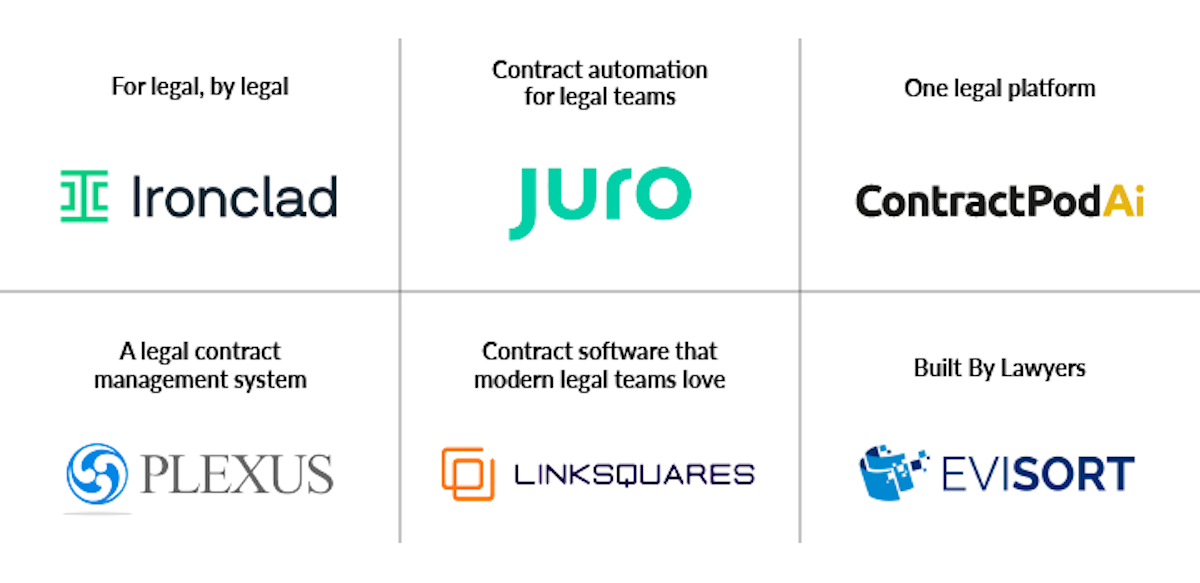
This makes sense as contracts = legal, right?
Wrong. Contracts are the foundational layer of commerce for your entire business and support every product and service you sell and buy.
What’s more, Legal owning everything contract-related is exactly why Legal teams are overwhelmed and they are unfairly labelled as ‘blackholes’ (or worse) as they struggle to respond to the velocity the business needs in an ever more dynamic marketplace.
Contracts are the responsibility of all departments in your business. Legal teams need to be liberated with policies, playbooks and a business-wide CLM solution that allows them to focus on the critical, complex legal work that requires their highly trained skill-set.
LegalTech solutions attempt to solve business-wide contract management challenges in a legal silo. In doing so, they are bad for your business and your legal team.
In part 2 of the series, we looked at the important notion that many LegalTech CLM tools seem to miss - you don't contract with a contract.
It’s vital to emphasise that LegalTech tools that focus only on the contract document ignore the context of the actual third-party that the contract is signed with.
In this article, we will be looking at a more fundamental problem with LegalTech solutions. That LegalTech CLM Solutions are not CLM solutions at all.
LegalTech CLM Solutions are not CLM solutions at all. [Click to Tweet]
To understand this, let’s go back to basics…...
What is a Contract?
A contract is simply a promise enforceable by law. The making of a contract requires the mutual assent of two or more parties.
In the business world, contracts define every penny that flows out of the business in costs and into the business in revenue. As described by Lucy Bassli, a lawyer and legal operations expert in her book ‘CLM Simplified’, "contracts are, at their core, a business document. They are the lifeline of business.”.
"Contracts are, at their core, a business document. They are the lifeline of business." - Lucy Bassli, Lawyer and Legal Operations Expert, CLM Simplified. [Click to tweet]
What is CLM?
CLM stands for Contract Lifecycle Management and represents each key stage of the life of a contract. As contracts can be renewed, they are often represented in a circular diagram such as the one below and split between the two key stages of:
- Pre-Execution - the stages that take place before and up to the point of signature by all parties when the contract becomes legally enforceable. This can also be described as the ‘Promise Phase’.
- Post-Execution - the active management of the contract to ensure all parties deliver on their promise. This can also be described as the ‘Delivery Phase’.
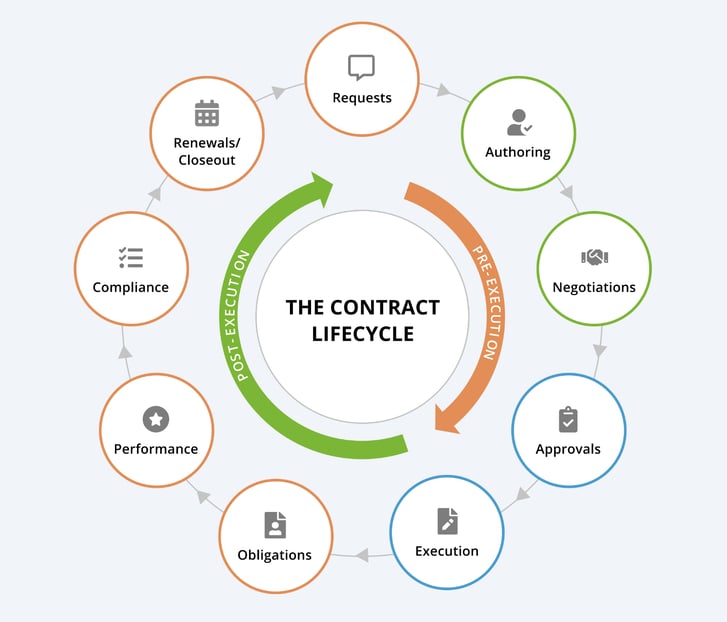 Fig 1. The Contract Lifecycle
Fig 1. The Contract Lifecycle
Let’s take a look at each step in the lifecycle of a contract:
- Authoring - within this step the Legal team will draft the contract often leveraging contract templates that have been drafted in-house. This step can also involve more advanced techniques such as the use of clause libraries. If the vendor or third-party provides their own contract template, this step is often removed from the lifecycle entirely.
- Negotiations - this is the standard redline process often managed by the respective Legal teams. The global standard remains Microsoft Word and the feature ‘track changes’. The more mature CLM platforms respect this choice and support Word in both the desktop and Office365 editions.
- Approvals - this step is required to secure the relevant senior stakeholder sign off prior to the signature stage. The most advanced CLM solutions can route a contract based on contract value, type, risk, vendor type, data protection and more, automatically using a sophisticated workflow engine to secure one or many approvals and build a defensible audit trail.
- Execution - this stage is the signing of the contract where the contract becomes a legally binding promise between the parties. In a modern CLM, this stage is often supported by electronic signatures that are now legally binding for the vast majority of agreements. This provides a detailed audit trail and ensures the repository is populated with the executed version.
- Obligations - as with all post-execution stages, Obligations need to be proactively managed throughout the life of the contract. This stage includes setting up milestones and time-based tracking to ensure all of the promises made within the contract are delivered by each party. This stage is critical in unlocking the value of the contract.
- Performance - this stage needs to be managed continually or periodically across the life of the contract and includes items such as adherence to Service Level Agreements (SLAs). A key input often includes analysing the overall performance of the vendor if they are providing products or services spanning multiple contracts.
- Compliance - this stage often covers highly sensitive areas such as data privacy, data processing, use of sub-processors, insurance cover and indemnity. Depending on the industry, non-compliance to these areas can cause material issues with regulators and attract significant fines or even impact the ongoing viability of the company itself.
- Renewals/Closeout - this stage can often be missed in organisations that do not actively manage their contract portfolio, resulting in an unwanted cost to the business or the expiration of a product or service that they are reliant on, with sometimes severe negative consequences. A sophisticated CLM is able to notify contract owners across the business of upcoming renewals and issue surveys to capture key information such as the need for the service ongoing, performance of the vendor and other crucial data points that result in a successful renewal or closeout.
- Request - this can be as a result of the closeout of an existing contract or a new contract. Historically contact requests have been routed to the Legal Team however with tectonic shifts in the regulatory landscape such as GDPR (General Data Protection Regulation) and CCPA (California Consumer Privacy Act), if a new vendor is required then the InfoSec Team, Risk Team and other departments need to be notified to manage onboarding and ongoing compliance.
Now let’s look at the contract lifecycle in relation to the business departments that need to be involved at each stage:
The Legal Team
The Legal Team is a vital part of the Contract Lifecycle:
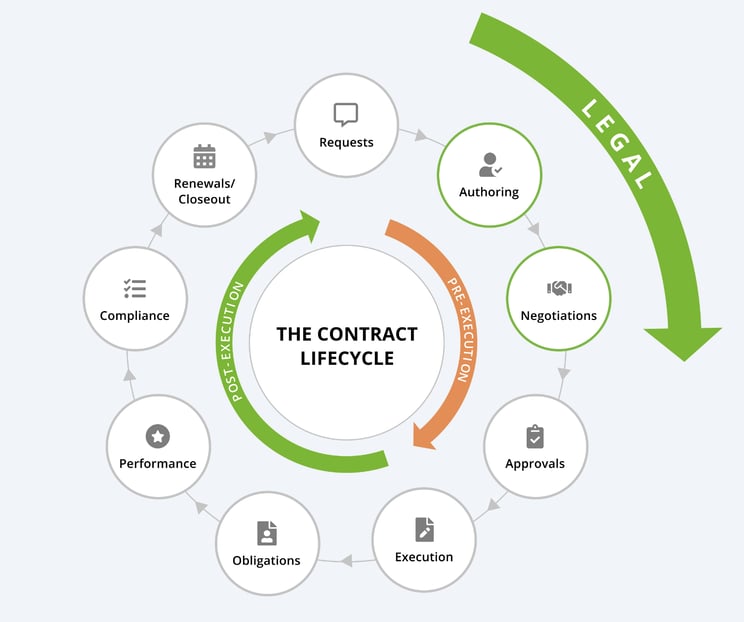 Fig 2. The Contract Lifecycle - Legal Responsible
Fig 2. The Contract Lifecycle - Legal Responsible
Senior Leadership
The Senior Leadership team is critical for approving and executing all contracts:
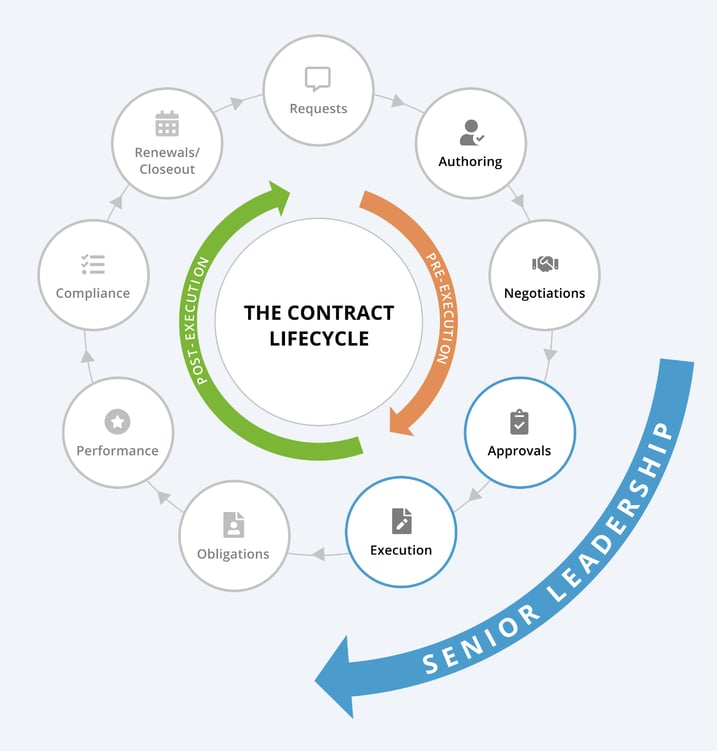 Fig 3. The Contract Lifecycle - Senior Leadership Responsible
Fig 3. The Contract Lifecycle - Senior Leadership Responsible
All Departments
A business-wide approach is required to proactively manage a contract after execution across all departments:
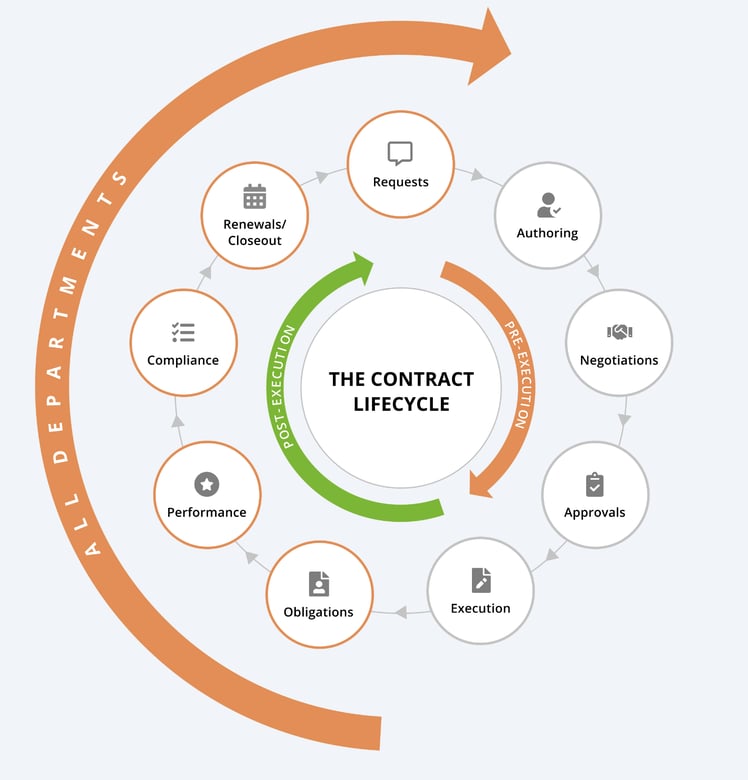 Fig 4. The Contract Lifecycle - All Departments Responsible
Fig 4. The Contract Lifecycle - All Departments Responsible
The Promise Phase
As you can see Legal owns a vital element but only a subset of the stages of the Contract Lifecycle.
What is crucial to note is that the part of the Contract Lifecycle most influenced by Legal is simply the promise of what the contract represents to the business - Value, Compliance and Risk Mitigation:
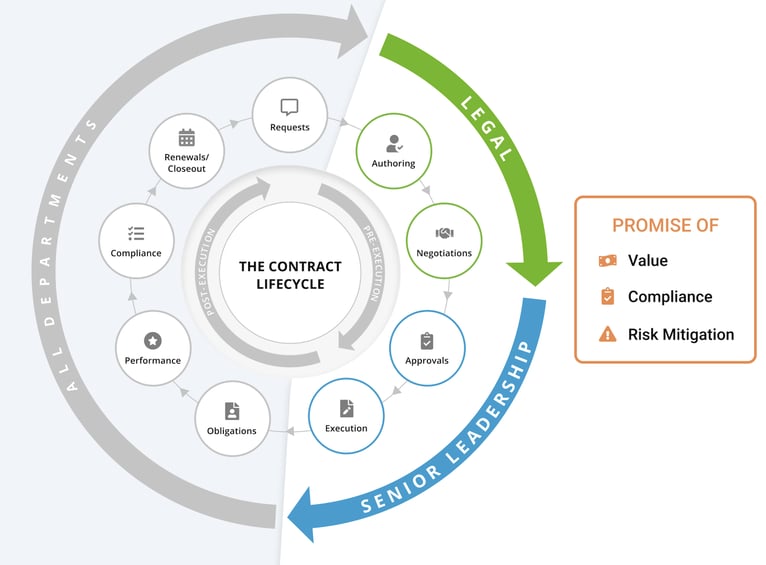 Fig 5. The Contract Lifecycle - The Promise Phase
Fig 5. The Contract Lifecycle - The Promise Phase
This is where the promise of Legaltech CLM solutions falls down. It is a fundamental flaw. A contract’s life doesn’t end at the signature stage - it begins.
As outlined by Lucy Bassli in her book ‘CLM Simplified’, “contracts are full of obligations and requirements that are often left unmet or the benefits of which are not reaped.”
According to The Faculty, "less than 50% of negotiated savings are typically realised over the life of a contract."
Less than 50% of negotiated savings are typically realised over the life of a contract.' - The Faculty [Click to tweet]
If contracts are not managed as a corporate-wide strategy with a CLM platform accessible by every business department and every contract owner, these ‘promises' can quickly become an illusion.
Sadly, this is the rule, not the exception. This dire outcome is almost guaranteed by using a LegalTech ‘CLM’ solution.
The Delivery Phase
This is where the promise of Value, Compliance and Risk Mitigation becomes a reality and it requires the enablement of all business departments within a unified CLM platform.
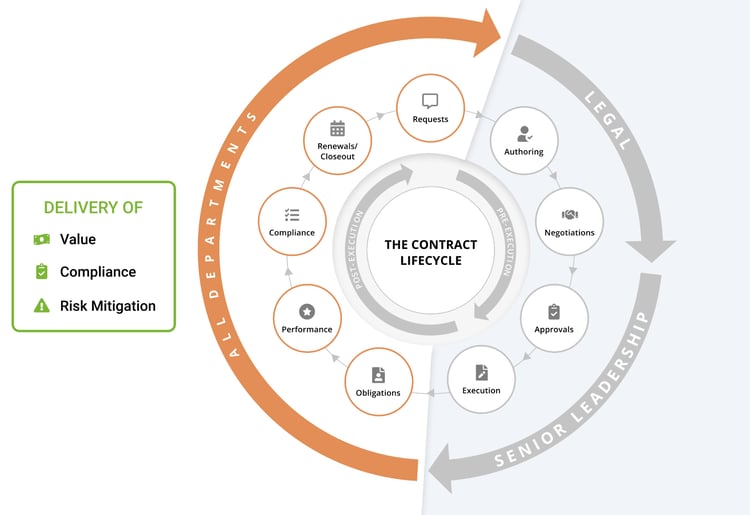 Fig 6. The Contract Lifecycle - The Delivery Phase
Fig 6. The Contract Lifecycle - The Delivery Phase
It takes the ongoing proactive management of the contract to deliver the benefits from the promise that the Legal team worked so hard to secure.
Summary
Trying to solve a business-wide problem in a legal silo is doomed to failure. All of the elements of the lifecycle need to be incorporated into the overall solution.
This is why Legaltech CLM solutions are not Contract Lifecycle Management Solutions at all. They solve one part of the Contract Lifecycle - the Promise.
.png?width=1200&name=Gatekeeper%20cartoon%20(1).png) Courtesy of Laura Frederick, Contracts Expert
Courtesy of Laura Frederick, Contracts Expert
CLM should be a once in a decade investment for your business. Please make sure you select a CLM partner that can support your Legal team and the wider business.
CLM should be a once in a decade investment for your business. [Click to tweet
]
This will ensure the promises secured within your contracts are delivered across the wider business to support your company's growth and prosperity.
.png?width=636&name=07%20-%20Contract%20Cycle%20+%20Legal%20+%20Senior%20Leadership%20+%20All%20Departments%20(1).png)
Fig 7. The Contract Lifecycle - The Promise & Delivery Phase - Click to enlarge
Note: many LegalTech CLM solutions have understood this fundamental flaw in their approach and have reworked their messaging to support ‘the entire business’ at a superficial marketing level that isn’t reflected in their product offering.
If in doubt, take a look at their community and webinar content. If it’s all by lawyers for lawyers, it’s a LegalTech ‘CLM’ solution.
---------
If you want to see a CLM that is built for your entire business that includes unlimited users, eSignature licences, AI Auto-Extraction and the industry's most sophisticated visual workflow engine, please get in touch today.
















.png)
.png)
.png)
-4.png)